Ancient Trade Routes in the Mediterranean
The Bronze Age Karum of Kanesh c 1920 - 1850 BC
The Kanesh Karum was a vital Bronze Age trade hub in Anatolia between about c 1920 and 1850 BCE. Learn about Assyrian merchants, tax-free trade, and the complex logistics of ancient commerce.
By Nick Nutter on 2025-04-5 | Last Updated 2025-05-17 | Ancient Trade Routes in the Mediterranean
This article has been visited 3,505 times

Kultepe Kanesh today
The Karum of Kanesh: A Bronze Age Trade Hub and Logistical Centre c. 1920-1850 BC
In the centre of ancient Anatolia, near modern-day Kayseri, lay Kanesh, a city that thrived as a crucial nexus of Bronze Age commerce. But Kanesh was more than just a city; it was home to a unique institution: the karum. This walled trading colony, a distinct entity within the city, served as a vibrant hub for Assyrian merchants from Assur, facilitating the flow of goods between Mesopotamia and Anatolia.
Do you enjoy my articles? For your reading pleasure, this website does not carry third party ads. You could help me write more articles by buying me a cup of coffee.
The Strategic Location of the Kanesh Karum in Anatolian Trade Routes
Kanesh's geographical position made it a pivotal point for overland trade.
Assyrian merchants leveraged this location to connect Mesopotamia with Anatolian markets.
Inside the Karum: A Glimpse into Bronze Age Commerce


Middle Eastern market
If you were able to visit the karum whilst it was in its prime, you would see a thriving market, not dissimilar to markets in Turkey and the Middle East today.
Daily Life in the Assyrian Trading Colony
Imagine the scene: donkey caravans laden with tin and textiles arriving from Assur, their drivers haggling in the streets; scribes meticulously recording transactions on cuneiform tablets; and merchants negotiating deals with local Anatolian clients. The air would have been thick with the sounds of commerce, a symphony of voices and activity.
The Role of Cuneiform Tablets in Documenting Karum Transactions
Scribes and record keeping were a vital part of the Karum operation.
These tablets allow us to reconstruct the trade networks of the time.
The Tax-Free Advantage: Attracting Assyrian Merchants to Kanesh
The karum was almost the equivalent of a modern 'free trade zone', an arrangement that suited the merchants and local Anatolian rulers.
Negotiating Trade Privileges with Anatolian Rulers
What made the karum particularly attractive was its status as a relatively tax-free zone. Through carefully negotiated agreements with local Anatolian rulers, the Assyrian merchants secured privileges that reduced their tax burdens, making Kanesh a prime location for trade.
This advantageous arrangement spurred economic activity, turning Kanesh into a vital link in the long-distance trade network.
How Tax Exemptions Boosted Bronze Age Trade in Anatolia
The reduced tax burden allowed for more efficient trade.
This led to a larger volume of trade flowing through the Karum.
The Inhabitants: Assyrian Merchants and Anatolian Interactions
The Assyrian Community within the Karum
The karum's inhabitants were primarily Assyrian merchants, a distinct community that maintained its own customs and legal system.
Cultural Exchange and Economic Integration
They employed local Anatolians as labourers, scribes, and other personnel, creating a complex interaction between the two cultures. The karum was not just a place of trade; it was a melting pot of cultures, where Assyrian and Anatolian traditions intersected.
The Economic Significance of the Kanesh Karum in the Bronze Age
The Kanesh karum was much more than just a market for local products and a major trade hub on the 'Tin Roads'. It was here that the Far East met the Middle East with all sorts of exotic spices and products being brought in from India and the 'stan' countries.
The Flow of Essential Goods: Tin and Textiles
The economic significance of the karum cannot be overstated. It played a crucial role in the exchange of essential goods, such as tin and textiles, which were vital for the Bronze Age economy.
Kanesh Karum: A Precursor to Modern Freight Forwarding?
The Karum was a major logistical hub.
The merchants in the karum at Kanesh adopted the most sophisticated commercial practices of the time. The karum was a window into a world where merchants orchestrated complex logistical operations, laying the groundwork for future trade networks. It was a place where the seeds of early freight forwarding were sown, and where the economic integration of a large area of the ancient world was made possible.
References


One of the 23,500 cuneiform tablets found at Kultepe Kanesh
The Kanesh Archives (Kultepe Tablets): These are the primary source of information. The thousands of cuneiform tablets discovered at Kultepe provide firsthand accounts of the Assyrian merchants' activities, including their business transactions, correspondence, and legal documents.
ICK (Inscriptions Cuneiformes du Kultepe): This is a major publication of the Kultepe tablets, providing transcriptions and translations of many of the texts.
Scholarly works by Klaas R. Veenhof: Veenhof is a renowned scholar of the Old Assyrian trade, and his works provide in-depth analyses of the Kanesh texts.
Scholarly works by Mogens Trolle Larsen: Larsen is another key scholar who has extensively studied the Kanesh archives.
Texts relating to the legal status of the Karum: Many tablets show the legal agreements between the Assyrian traders, and the local rulers.
Do you enjoy my articles? For your reading pleasure, this website does not carry third party ads. You could help me write more articles by buying me a cup of coffee.
 1: Overland Trade Routes to the Mediterranean
1: Overland Trade Routes to the Mediterranean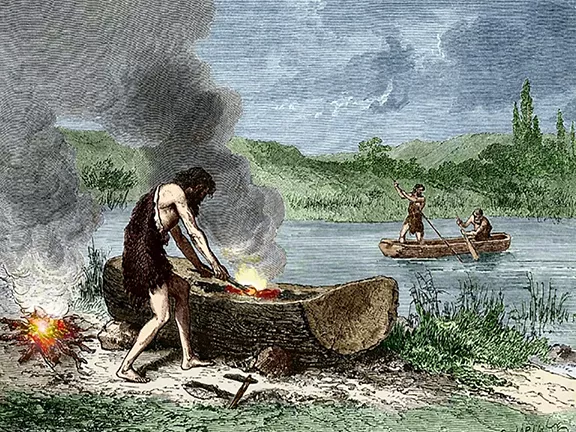 2: First Voyages on the Mediterranean Sea
2: First Voyages on the Mediterranean Sea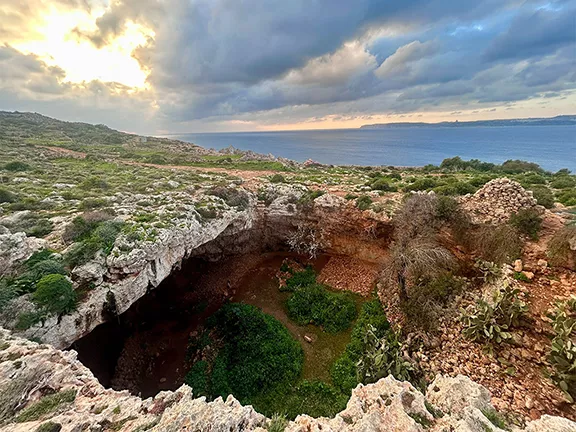 3: Mesolithic Voyages to Malta c 6500 BC
3: Mesolithic Voyages to Malta c 6500 BC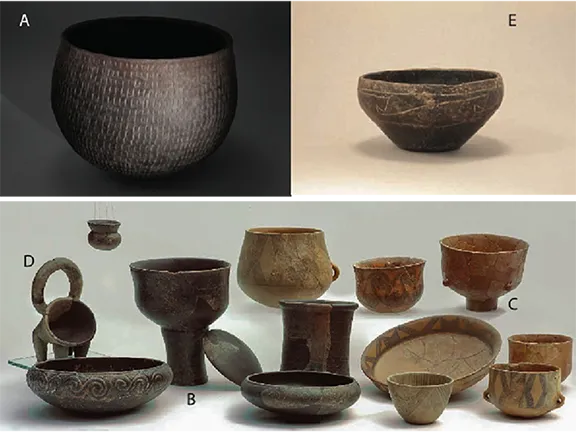 4: Neolithic Maritime Networks
4: Neolithic Maritime Networks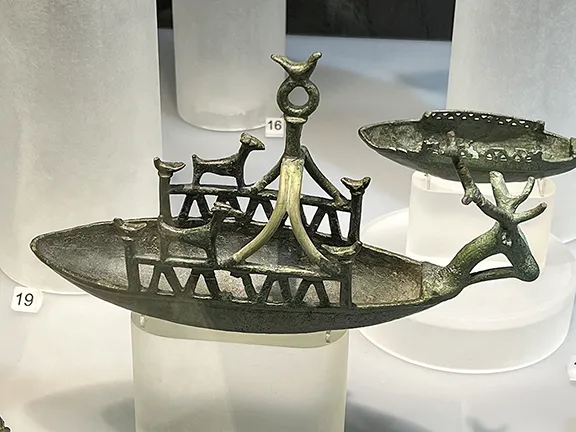 5: Bronze Age Maritime Networks in the Mediterranean
5: Bronze Age Maritime Networks in the Mediterranean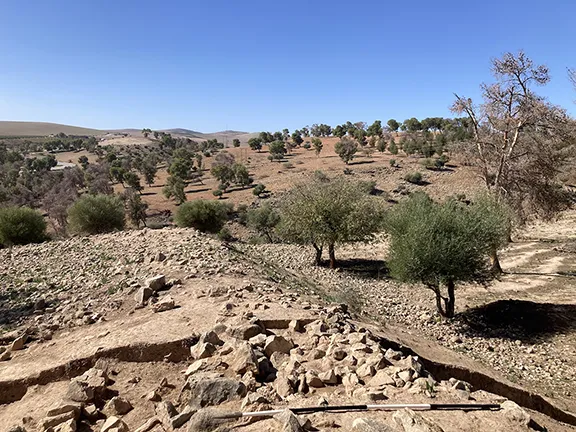 6: Morocco to Iberia during the Bronze Age
6: Morocco to Iberia during the Bronze Age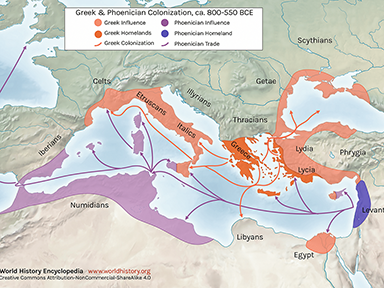 7: Areas of Influence Mesolithic to Romans
7: Areas of Influence Mesolithic to Romans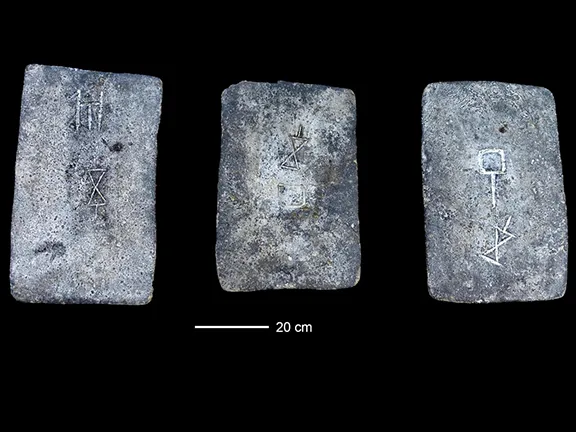 8: The Tin Roads
8: The Tin Roads 10: Mediterranean Bronze Age Economies
10: Mediterranean Bronze Age Economies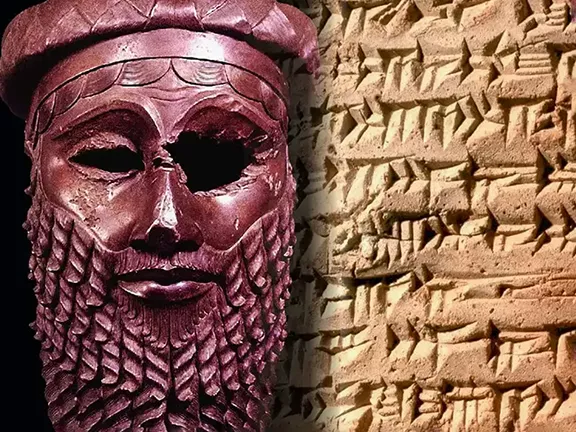 11: Postal Services during the Bronze and Iron Ages
11: Postal Services during the Bronze and Iron Ages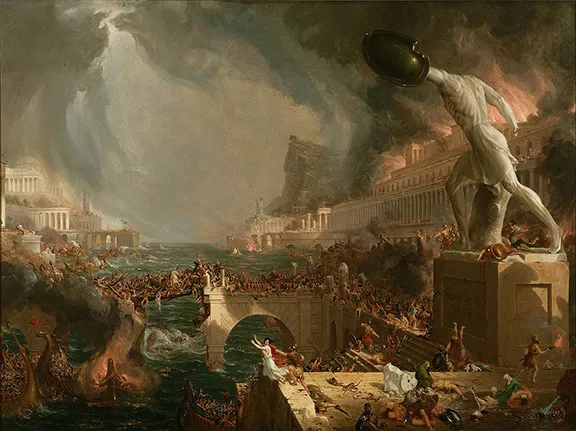 12: The Start of Mediterranean Trade Wars
12: The Start of Mediterranean Trade Wars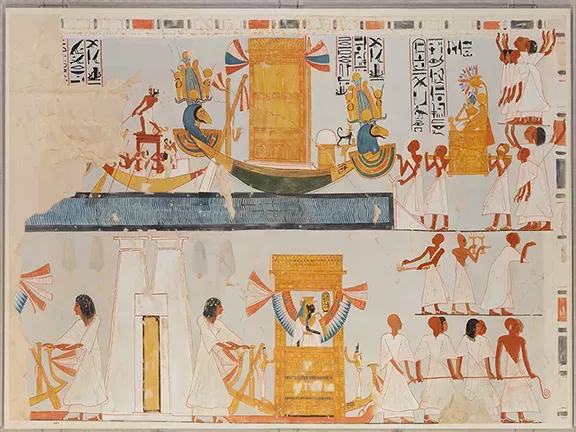 13: The Voyage of Wenamun c 1075 BC
13: The Voyage of Wenamun c 1075 BC 14: From Trading Post to Emporium
14: From Trading Post to Emporium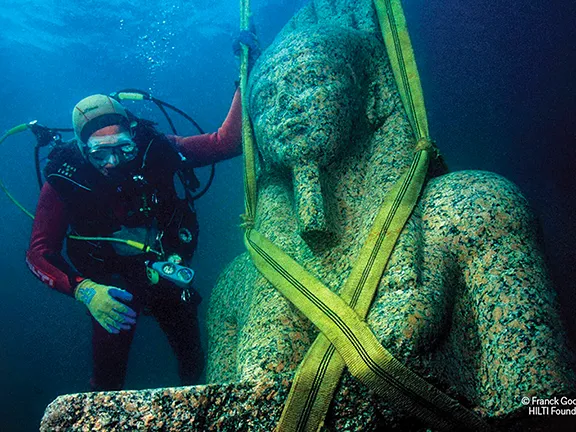 15: The Greek Emporium of Thonis-Heracleion
15: The Greek Emporium of Thonis-Heracleion 16: The Greek Emporium of Naukratis
16: The Greek Emporium of Naukratis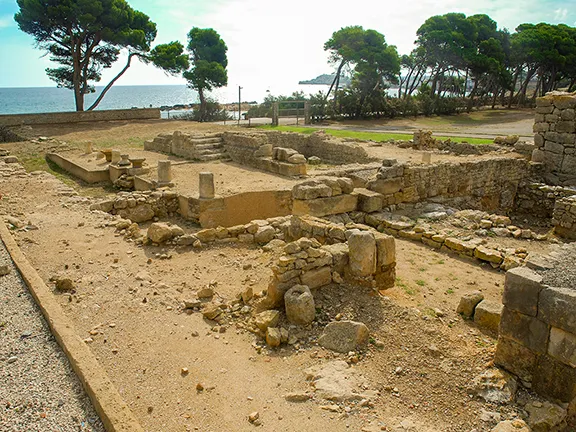 17: The Greek Emporium of Empuries
17: The Greek Emporium of Empuries 18: Canopus in Ancient Egypt
18: Canopus in Ancient Egypt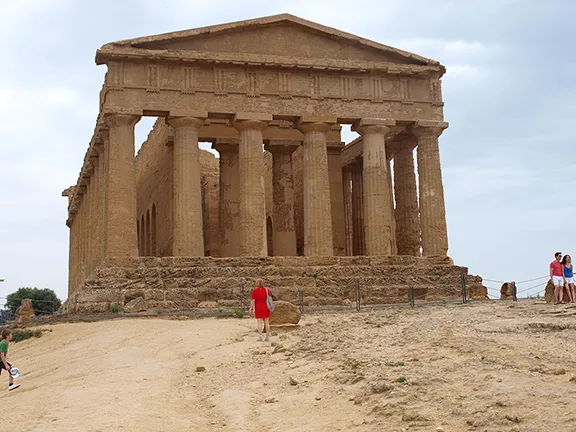 19: The First Trade Wars 580 - 265 BC
19: The First Trade Wars 580 - 265 BC 20: Exploring new Trade Routes with Pytheas
20: Exploring new Trade Routes with Pytheas 21: Corinthian Helmet Distribution
21: Corinthian Helmet Distribution